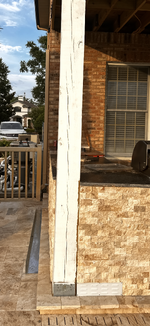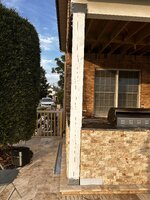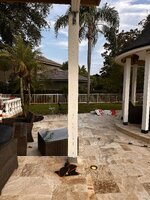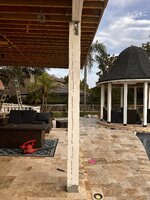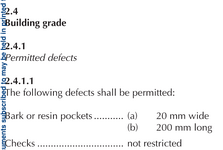I designed a deck with 8x8 wood posts in Tampa, FL
the posts are 15 ft apart with deck projection of 13.5’ from the house. Those cracks appeared and started to progress in the past 2 month since the GC installed the posts. I know these maybe a normal checking but i needed an opinion. Some of these columns have checkings in both directions. The column per my design is at %50 capacity (Max) The applied ASD axial load is about 11kips for the 11.5’ columns.
Anything I did wrong here ?
Any ideas on how to repair/remediate ?
the posts are 15 ft apart with deck projection of 13.5’ from the house. Those cracks appeared and started to progress in the past 2 month since the GC installed the posts. I know these maybe a normal checking but i needed an opinion. Some of these columns have checkings in both directions. The column per my design is at %50 capacity (Max) The applied ASD axial load is about 11kips for the 11.5’ columns.
Anything I did wrong here ?
Any ideas on how to repair/remediate ?

